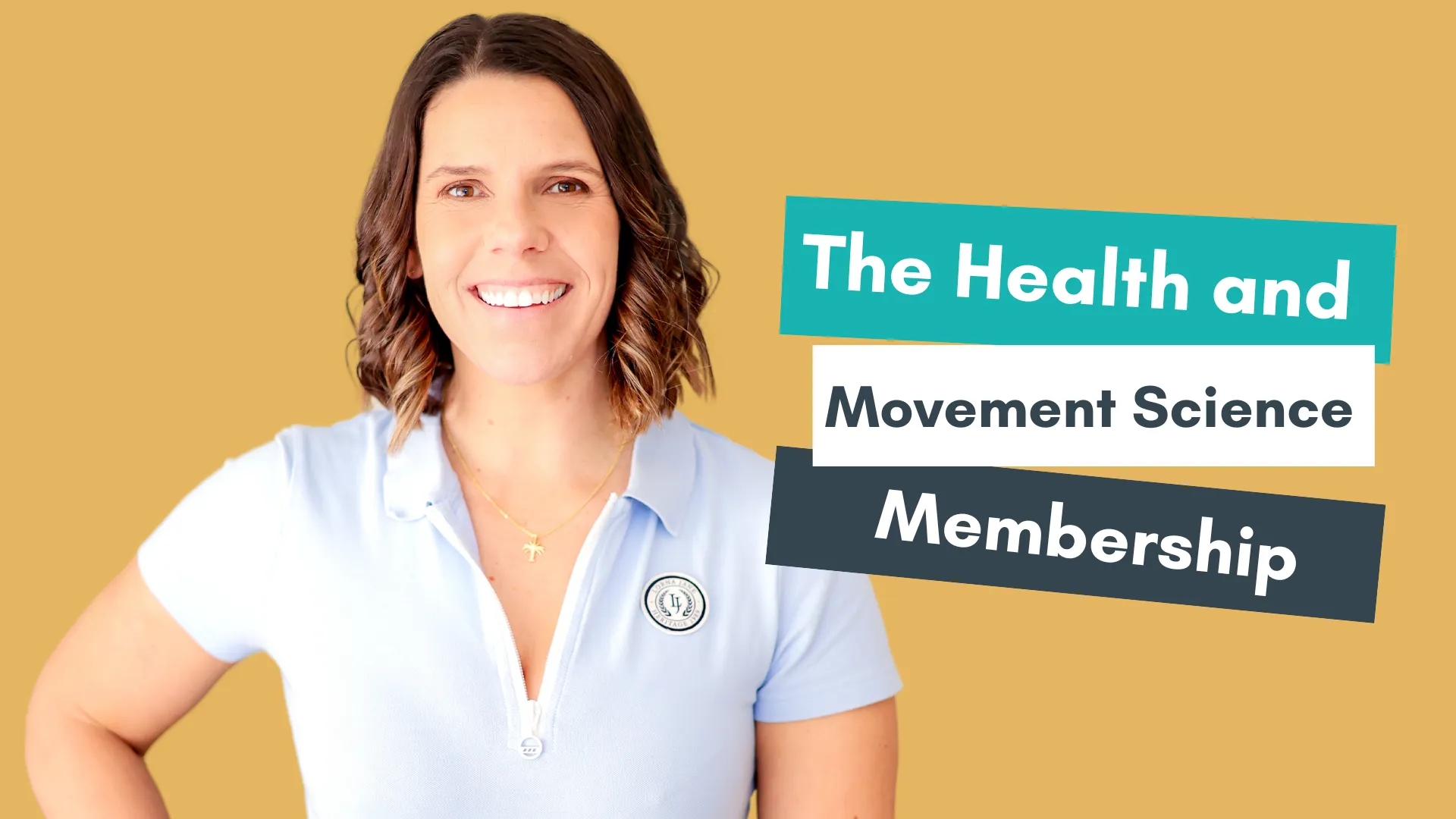Advocating for the health and wellbeing of young people is a collaborative effort involving the active engagement of governments, non-government organisations (NGOs) and communities.
All three stakeholders need to work in an alignment to ensure young people have access to both the resources and support needed to live healthy lives.
The role of the government
The Australian government has a three-tiered system that includes the federal government, state and territory governments, and local governments. Each level of government has its own responsibilities, laws or regulations to oversee. Federal Governments regulate matters of national importance - this involves the entire country, not just a singular state or territory. State or territory governments (one for each state or territory in the country) have the power to pass on laws or matters that fall within their state or territory. Local governments govern specific geographical areas and focus on planning and development of that local government area (LGA). All governments work together to reach common goals for the betterment of the population.
Funding: Governments can allocate funding for youth health programs, additional healthcare services, schools and develop or pilot research studies. Funding projects, campaigns or resources is imperative to ensuring young people are equipped with the knowledge or skills to make more informed choices in relation to their health.
Public Health Campaigns: Governments run public health campaigns to educate young people about important health topics such as sexual health, substance abuse, mental health and vaccination programs. Governments can work in collaboration with other organisations to promote and fund campaigns, such as Head Space to really provide youth with opportunities to seek health services.
Infrastructure/Facilities: Governments are responsible for building and maintaining appropriate health infrastructure such as hospitals and specialty clinics. Health clinics and hospitals are strategically located to allow the population to have access to specialists, emergency care or allied health services to meet the needs of young people in Australia. Without facilities, young people would not be able to access the services they need, which may lead to a poorer quality of life.
Laws or Policies: The government creates laws or policies to safeguard children and adolescents in various areas.
Education: Australia has one of the best educational policies in the world. Policies include free and mandatory education with a highly developed curriculum that educates young people to be prepared for their futures. PDHPE and HPE in other States are mandated subjects providing young people with the skills and knowledge to lead healthy lives.
Healthcare: Governments work together to establish laws in relation to healthcare to protect the health of young people. This can include free accessible health care from birth to adulthood, such as vaccinations and sexual health check-ups.
Nutrition Regulations: Large scale food manufacturers are bound by regulations to allow young people to make informed choices about their diet and eating habits. For example, food labelling must abide by food label regulations to inform consumers of their products. Marketing or the sponsorship of unhealthy products, such as alcohol and fast food, has decreased in line with regulations to promote the health of young people.
Sales: The government restricts the sales of alcohol or tobacco to any minor under the age of 18 to prevent misuse or ill-health.
An example of a government organisation in Australia that promotes health is the Office of the Advocate for Children and Young People (ACYP). Although an independent statutory office of the government, this initiative consults young people about their needs, and offers a voice to parliament to better support their wellbeing.
The role of non-government organisations
Non-government organisations (NGOs) are commonly known as non-profit organisations or charities and play a vital role in advocating for and promoting the health and wellbeing of young people. These organisations work independently of the government; however, the government often provides financial funding to NGOs to work in harmony to promote health and wellbeing.
Advocacy: NGOs advocate for young people to raise awareness about their needs and challenges. They can use their voice to drive governments to enforce or create relevant policies and push for funding or resource allocation. Australian Youth Advocates for Climate Action is an example of a NGO that focuses on empowering youth by encouraging individuals to speak up to act change.
Services: NGOs may directly provide healthcare, counselling, food banks or humanitarian needs and other support services to young people. They bridge gaps to provide services where government resources may be limited. For example, counselling services offered online and onsite by headspace centres or Red Cross Australia may provide discounted or free meals for those in need.
Research: NGOs often conduct research to gather data on youth-related issues or health trends with the aim of this data to feed back to the government so policies or programs are targeted to the true need of the population. For example, Children and Young People with Disability Australia (CYDA).
Education: NGOs run awareness campaigns, educational programs and workshops to inform young people about health-related topics, promote healthy behaviours and provide information on available services. For example, National Aboriginal Community Controlled Health Organisation (NACCHO).
The role of communities
Community Sports: Local sporting clubs encourage young people to stay active and maintain a healthy lifestyle by joining a community run sport. Actively participating in a sport promotes physical wellbeing and provides opportunities for healthy social interaction.
Youth Drop-In Centres: Several communities have facilities that are specifically staffed and resourced for young people to access support services, recreational activities or a place to provide information on health and wellbeing.
Support Networks: Communities work together to create peer support network groups or mentorship programs for young people. These networks provide youth with positive role models, support and build a sense of belonging to the community; all of which are vital for emotional health.
Schools: Communities can play a pivotal role in ensuring safe road access to promote walking or riding to school to improve physical health and provide sports grounds for school to access for practical lessons. Communities ensure local facilities are readily available to promote a healthy lifestyle for young people.
The impact of organisations
Organisations play a vital role in the health of young people in Australia, including First Nations young people. These organisations, which range from government bodies to non-governmental organisations (NGOs) and community-based groups, implement various programs and services that address key health determinants.
Government organisations, such as the Australian Department of Health develop and implement public health policies and programs that target young people's health. These initiatives often include vaccination programs, mental health support and health promotion campaigns that raise awareness about issues such as smoking, alcohol and drug use.
NGOs and charities are also instrumental in supporting young people's health. Organisations like headspace provide mental health services tailored to young people, offering counselling and support for mental health issues such as anxiety, depression and stress. Their services are accessible and designed to meet the specific needs of young people, creating a crucial safety net for those in distress.





